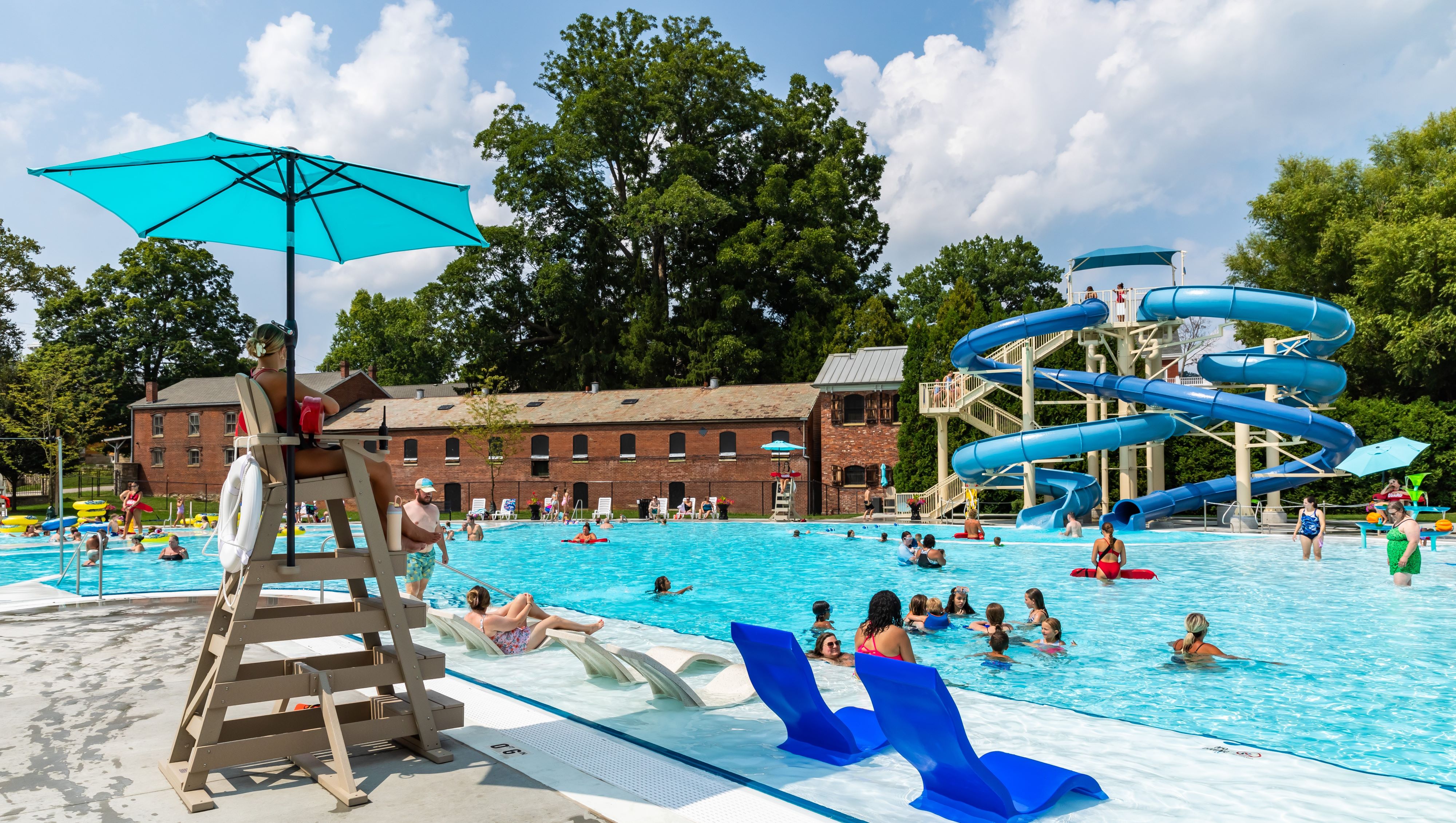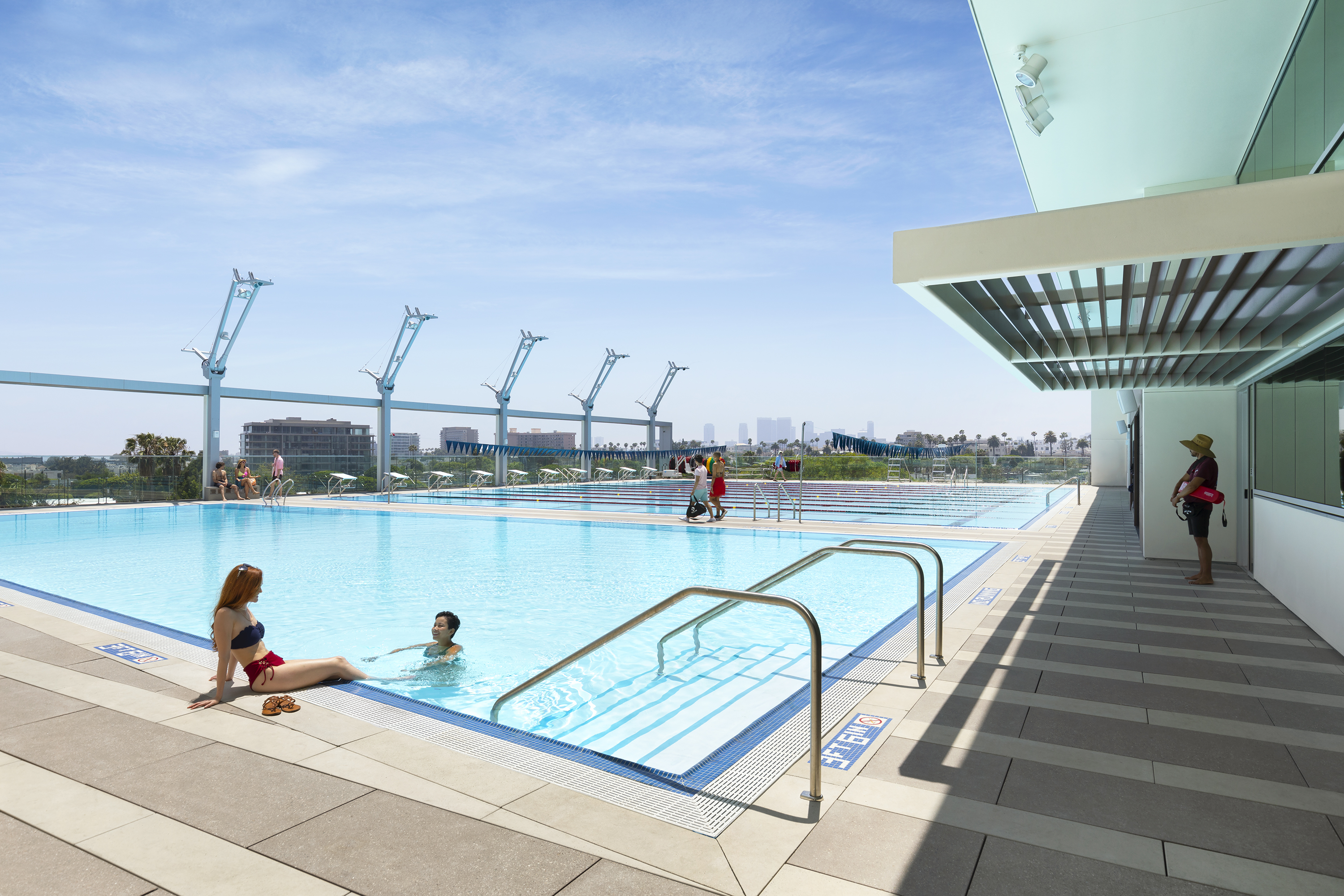THE CANVAS: A perimeter of pine forest sentinels, a radical backyard precipice, the great verdant North
THE PALETTE: Saw-cut and sandblasted Wiarton flagstone, fragrant cedar, modular concrete stone with limestone
THE MASTERPIECE: A view to thrill, pastoral seclusion, rustic resort living
The homeowner was looking for a fiberglass pool with a vanishing edge — and his own tranquil piece of paradise. This was about the only instruction given to pool builder Kevin MacDonald.
“He left all the other details up to us,” says MacDonald, owner of Inspired Landscape Solutions Pool & Spa.
Achieving tranquility was easy. The project’s rural Canadian pine copse setting seemed far removed from the fast pace of 21st century living. The vanishing edge would be a tougher task, though not the only one, as MacDonald soon found out.
All downhill from here
Pool builders often deal with rolling terrain and problematic soil conditions, and this project was no different.
“When [the customers] moved in, the first thing they did was put an addition onto the back of the house,” MacDonald says. “That used up all the flat part of the backyard. Four feet from the new addition, [the yard] sloped down at about 45 degrees. The property was big, but now usable space was limited.”
The first step was to create a retaining wall. To keep costs manageable, MacDonald selected modular stone made from concrete. The stones — 2 feet tall, 4 feet wide and weighing 3,000 pounds apiece — had to be craned in and set in place like building blocks. Next, the hole for the pool was dug. Like the large stones, the shell was craned over the house and set in place.
Water’s edge
Now it was time to fulfill the customer’s other request: a vanishing edge. “We let the pool sit with water in it for three weeks while we manufactured the trough for the vanishing edge,” MacDonald says. That ensured no more settling of the shell.
First, a 1,200-gallon surge tank was buried. Then came the delicate job of cutting the shell to create the vanishing edge. “The manufacturer didn’t know how the shell would react when we cut off the coping,” MacDonald says. “The walls ended up moving about 11/2 feet.”
To secure those walls, spreader beams were installed across the breadth of the shell, and 6-inch angle iron was bolted to the structure where the vanishing-edge cut was made. The angle iron was bolted together and when the nuts were tightened, it pulled the wall back into place again. The overflow trough was added, bolted and fiberglassed to the pool’s backside. Once the fiberglass was cured, the angle iron was removed.
Next came installation of an automatic cover. The mechanism box was bolted to the deep end and tracks were screwed to the top edge of the shell’s coping. But with one edge missing, MacDonald had to find a place to suspend the second track. “There is a clear plastic disc that holds the track out and away from the vanishing edge,” he says. “The water can flow over it.”
At this point, the backfill around the pool was completed. A concrete collar was poured for the coping, which also hides the cover tracks. In addition, a small waterfall was built and installed on site.
The Wiarton flagstone deck and cedar fencing added just the right finishing touches to this $140,000 project.



